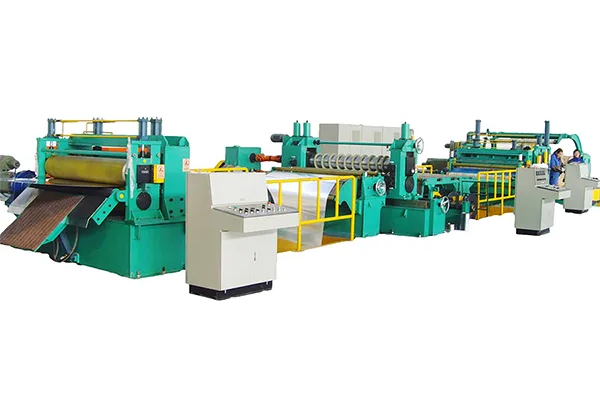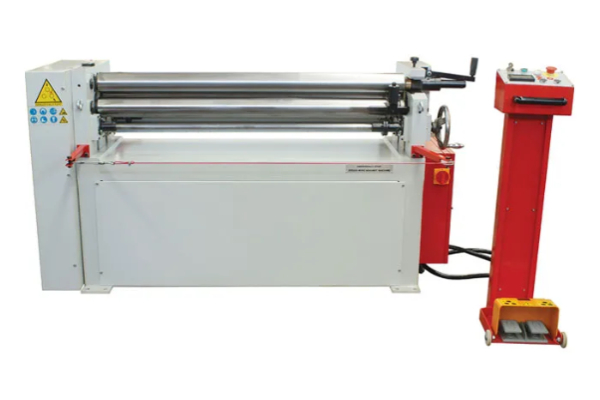
Step-by-Step Guide to Operating Roll Forming Machines
- By:Metmac
- 2024-06-24
- 247
Roll forming machines are versatile and efficient equipment used in various industries to produce metal profiles. Operating these machines effectively requires knowledge and precision to ensure optimal performance and safety. This step-by-step guide provides a comprehensive overview of the operating procedure for roll forming machines.
1. Preparation
Before operating the machine, ensure you have the necessary safety gear, including safety glasses, gloves, and earplugs. Gather the required materials, such as raw material coils, lube, and tooling, and place them within easy reach.
2. Machine Inspection
Thoroughly inspect the machine before use. Check for any leaks, loose parts, or damage. Verify that the tooling is properly installed and aligned. Ensure the lubrication system is functioning correctly.
3. Material Loading
Load the raw material coil onto the uncoiler and thread it through the feed straightener. Adjust the tension to prevent wrinkles or buckling. Use a crane or forklift to handle heavy coils safely.
4. Profile Selection
Select the appropriate roll forming profile from the available tooling options. Ensure the profiles match the desired dimensions and shape of the final product. Adjust the roll settings accordingly.
5. Roll Forming Process
Start the machine and engage the forming rolls. Gradually increase the speed to the desired rate. Monitor the material flow and adjust the forming pressure as needed to achieve the desired profile. Use a scribe or chalk to mark the finished product for cutting.
6. Cutting
Cut the formed profile to the desired length using a shear or flying knife. Ensure the blade is sharp and the cut is clean.
7. Finished Profile
Inspect the finished profile for quality, including dimensions, shape, and surface finish. Make any necessary adjustments to the machine or tooling to improve the accuracy or consistency of the process.
8. Machine Maintenance
Regularly clean and lubricate the machine according to the manufacturer’s instructions. Inspect the tooling for wear or damage and replace as needed. Perform preventive maintenance tasks to ensure long-term reliability.
9. Safety Considerations
Always follow proper safety precautions when operating roll forming machines. Wear appropriate safety gear and keep the work area clean and organized. Do not touch moving parts or attempt to clear jams without proper training.
-
Metal Punching Machine: Engineering Holes, Slots, and Forms with Unmatched Precision
2025/11/15 -
Sheet Metal Rolling Machine: Shaping the Curves of Modern Industry
2025/11/15 -
Metal Shear Machine: The First Cut in Precision Fabrication
2025/11/15 -
Metal Bending Brake: The Cornerstone of Precision Fabrication
2025/11/15
-
Advanced Sheet Metal Rolling, Laser Cutting, and Folding Machines for Precision Fabrication
2025/10/31 -
High-Performance Sheet Metal Bending and Cutting Machines for Modern Fabrication
2025/10/31 -
High-Quality Sheet Metal Equipment for Sale: Efficient Solutions for Modern Manufacturing
2025/10/31 -
High-Performance Sheet Metal Equipment for Sale: Forming and Shearing Solutions for Modern Fabrication
2025/10/22
-
A Guide to the Latest Innovations in Sheet Metal Folding Machines
2024/11/29 -
Key Features to Consider When Investing in a Sheet Metal Folding Machine
2024/11/28 -
Enhancing Precision with Advanced Sheet Metal Folding Machines
2024/11/27 -
How to Choose the Right Sheet Metal Folding Machine for Your Workshop
2024/11/26







